"Anthroposophical Society." Goetheanum. Retrieved September 8, 2014.
- Available at: http://www.goetheanum.org/Anthroposophical-Society.336.0.html?&L=1.
"Demeter-International -- A Worldwide Network." Demeter.net. Retrieved September 8, 2014.
- Available at: http://www.demeter.net/demeter-international/worldwide-network
Freeman, A.; and Waterman, C. (Eds.). 1958. Rudolf Steiner: Recollections by Some of his
Pupils. London, England: The Golden Blade.
"History." Demeter Association, Inc.: About. Retrieved September 8, 2014.
- Available at: http://www.demeter-usa.org/about-demeter/demeter-history.asp
Kiiker, Elle. 20 April 2014. "Adele Klara Johanna* Marie Gräfin Keyserlingk (von Skene)."Geni.com. Retrieved September 8, 2014.
- Available at: http://www.geni.com/people/Adele-Klara-Johanna-Gr%C3%A4fin-Keyserlingk/6000000018204565286
Kiiker, Elle. 20 April 2014. "Adalbert* Robert Alexander Graf Keyserlingk." Geni.com. Retrieved September 8, 2014.
- Available at: http://www.geni.com/people/Adalbert-Robert-Graf-Keyserlingk/6000000025820073119
Kiiker, Elle. 20 April 2014. "Karl* Wilhelm Wolfgang Graf Keyserlingk." Geni.com. Retrieved September 8, 2014.
- Available at: http://www.geni.com/people/Wolfgang-Karl-Gf-Keyserlingk/6000000025820270908
Kiiker, Elle. 20 April 2014. "Wolfgang* Robert Karl Augen Gf. Keyserlingk." Geni.com. Retrieved September 8, 2014.
- Available at: http://www.geni.com/people/Wolfgang-Karl-Gf-Keyserlingk/6000000025820270908
Kugler, Walter; Kries, Mateo; and von Vegesack, Alexander. (Eds.). 2013. Rudolf Steiner: Alchemy of the Everyday. Weil am Rhein, Germany: Vitra Design Museum.
Lachman, G. 2007. Rudolf Steiner: An Introduction to His Life and Work. New York, NY: Jeremy
P. Tarcher / Penguin.
Paull, John. 2011. "Attending the First Organic Agriculture Course: Rudolf Steiner's Agriculture Course at Koberwitz, 1924." European Journal of Social Science 21(1):64-70.
Paull, John. 2012. "The Glass House: Crucible of Biodynamic Agriculture." Elementals: Journal of Bio-Dynamics Tasmania 108(Summer):18-23. Retrieved September 8, 2014.
- Available at: http://orgprints.org/22346/22/22346.pdf
Pfeiffer, E. 1958. Bio-Dynamic Farming and Gardening: Soil Fertility Renewal and Preservation. Translated by F. Heckel. New York, NY: Anthroposophic Press.
Rudolph, Katherine. 2011. "About Marie Steiner." Exploring the World in Colour and Speech. Retrieved September 8, 2014.
- Available at: http://www.exploringtheword.com.au/about-marie-steiner
Rudolph, Katherine. 2011. "About Rudolf Steiner." Exploring the World in Colour and Speech. Retrieved September 8, 2014.
- Available at: http://www.exploringtheword.com.au/about-rudolf-steiner
Schilthuis, W. 2003. Biodynamic Agriculture. Edinburgh, Scotland: Floris Books.
Steiner, Rudolf. 1924. The Agriculture Course. Prefaced by Ehrenfried Pfeiffer, M.D. Translated by George Adams. Rudolf Steiner Archive.
- Available at: http://wn.rsarchive.org/Lectures/GA327/English/BDA1958/Ag1958_index.html
Steiner, Rudolf. 1964. The Arts and Their Mission. Translated from the German Das Künstlerische in seiner Weltmission by Henry B. Monges and Lisa D. Monges. New York, NY; Anthroposophic Press.
Steiner, Rudolf. 1998. Bees. Lectures by Rudolf Steiner Translated from the German Über die Bienen by Thomas Braatz. Great Barrington, MA: Anthroposophic Press.
Steiner, Rudolf. 1965. The Education of the Child in the Light of Anthroposophy. Translated from the German Die Erziehung des Kindes vom Geschichtspunkte der Geisteswissenschaft by George and Mary Adams. London, England: Rudolf Steiner Press.
Steiner, Rudolf. 2000. Mein Lebensgang: Eine nicht vollendete Autobiographie, mit einem Nachwort, herausgegeben von Marie Steiner 1925. Dornach Switzerland: Rudolf Steiner Verlag.
- Available via Internet Archive at: https://archive.org/details/rudolf-steiner-ga-028
Steiner, Rudolf. 1993. Spiritual Foundations for the Renewal of Agriculture: A Course of Lectures Held at Koberwitz, Silesia, June 7 to June 16, 1924. Translated from the German by Catherine E. Creeger and Malcolm Gardner. Edited by Malcolm Gardner. Kimberton, PA: Bio-Dynamic Farming and Gardening Association, Inc.
Steiner, Rudolf. 1973. Theosophy: An Introduction to the Supersensible Knowledge of the World and the Destination of Man. London, England: Rudolf Steiner Press.
Steiner, Rudolf. 2005. What is Biodynamics? A Way to Heal and Revitalize the Earth. Edited by Marcia Merryman. Introduced by Hugh J. Courtney. Great Barrington, MA: SteinerBooks.
von Keyserlingk, A.G. (Ed.). 1999. The Birth of a New Agriculture. London, England: Temple Lodge.
Wilson, C. 1985. Rudolf Steiner: The Man and His Vision. Wellingborough, Northamptonshire, England: The Aquarian Press.
"Zeittafel zu Leben und Werk von Rudolf Steine (1861 - 1925)." Anthroposophie Forum > Rudolf Steiner > Leben. Wolfgang Peter. Web. www.anthroposophie.net
- Available via Forum für Anthroposophie, Waldorfpädagogik und Goetheanistische Naturwissenschaft at: http://www.anthroposophie.net/steiner/bib_steiner_zeittafel.htm


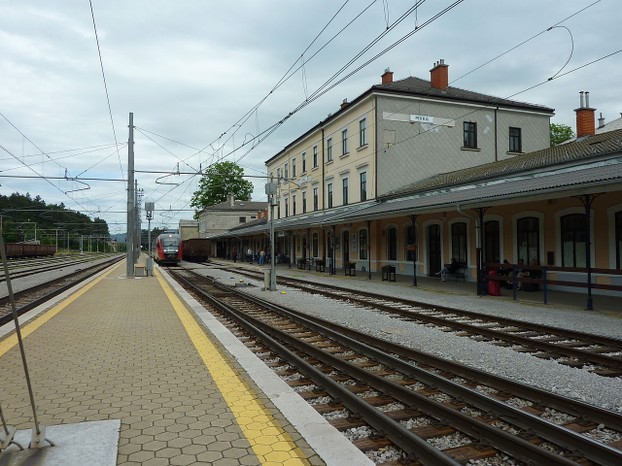
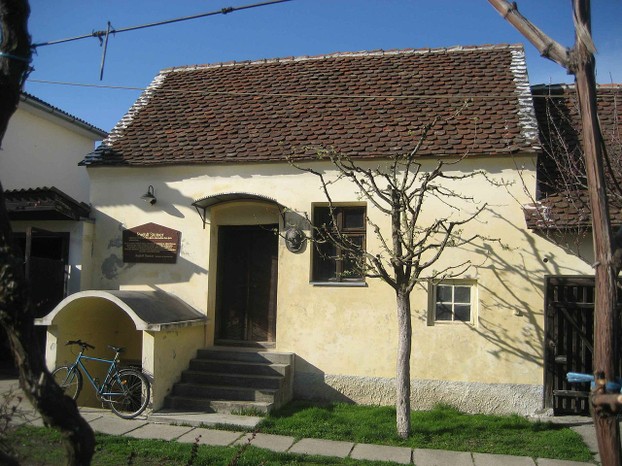
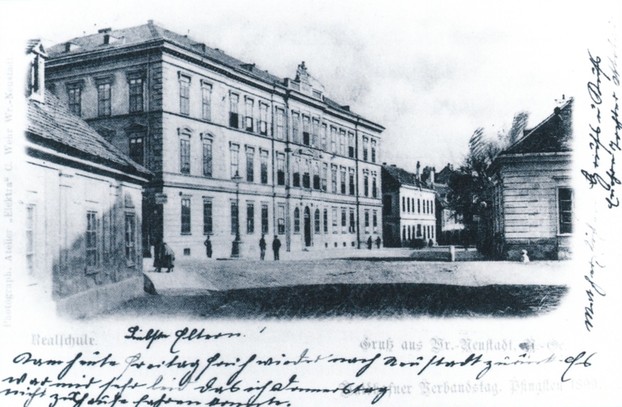
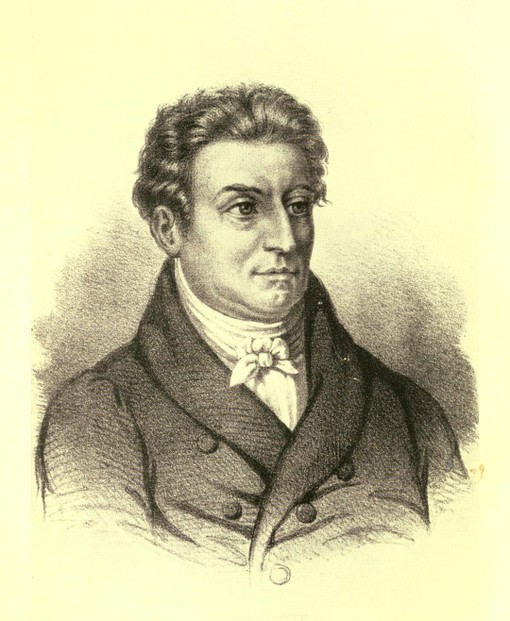
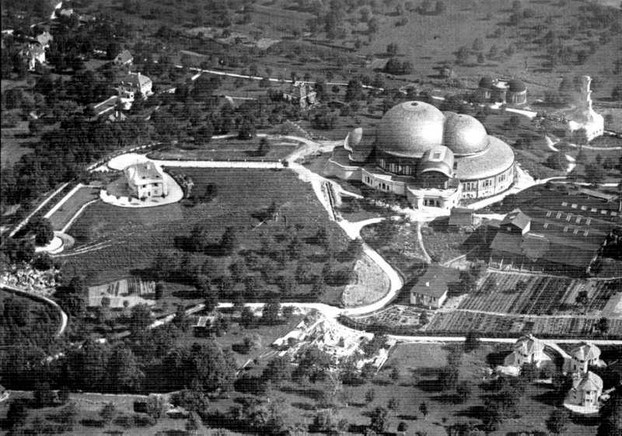
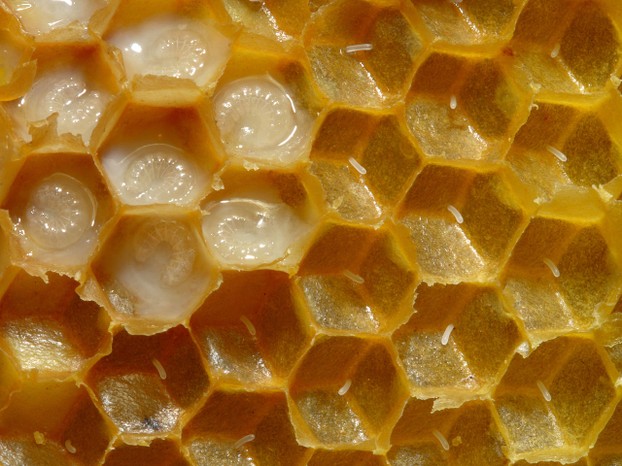
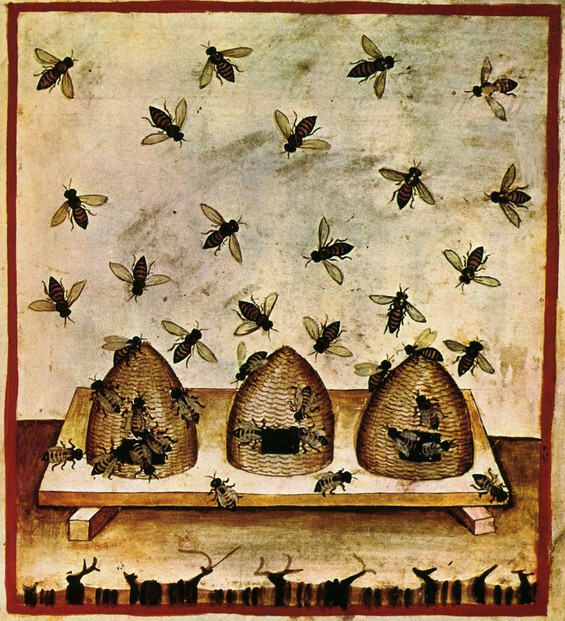
![On an Apiary (На пасеке); 1916 painting by Aleksandr Vladimirovich Makovsky y (March 24 [Aprl 5], 1869-Oct. 26, 1924) On an Apiary (На пасеке); 1916 painting by Aleksandr Vladimirovich Makovsky y (March 24 [Aprl 5], 1869-Oct. 26, 1924)](/static/uploads/en/module/image/2014/09/08/2014-09-08_13-59-45_814.622x621.jpg)
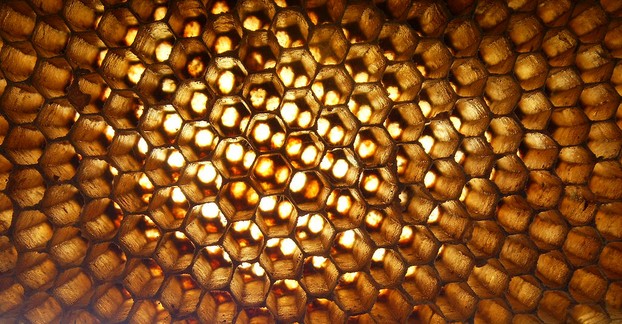
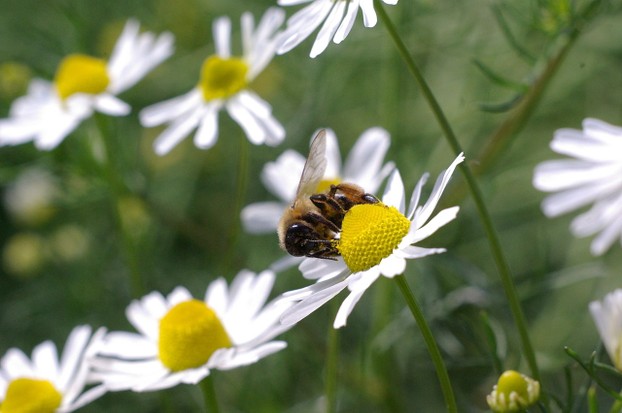
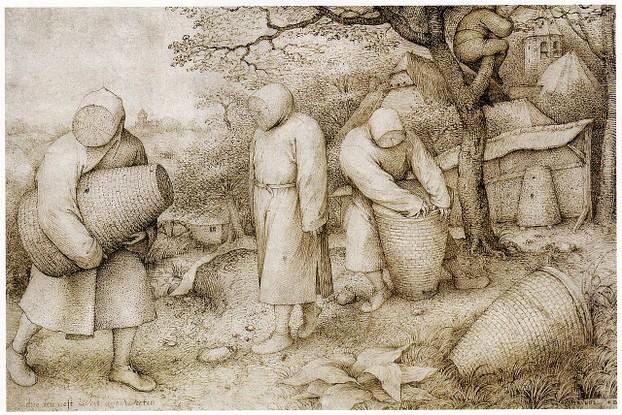
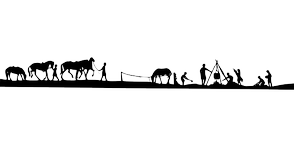

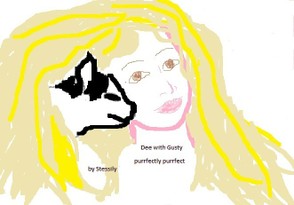
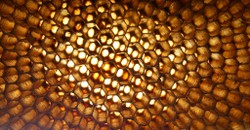

 Are Hawaiian Huakai Po Nightmarchers Avenging Halloween Thursday?on 10/02/2024
Are Hawaiian Huakai Po Nightmarchers Avenging Halloween Thursday?on 10/02/2024
 Mailing Addresses for 2023 Form 4868 Extending 1040 and 1040SR April 15, 2024, Due Dateon 04/15/2024
Mailing Addresses for 2023 Form 4868 Extending 1040 and 1040SR April 15, 2024, Due Dateon 04/15/2024
 Mailing Addresses for 2023 Forms 1040 and 1040SR Filed in 2024on 04/15/2024
Mailing Addresses for 2023 Forms 1040 and 1040SR Filed in 2024on 04/15/2024
 Mailing Addresses for 2022 Form 4868 Extending 1040 and 1040SR April 18, 2023, Due Dateon 04/13/2023
Mailing Addresses for 2022 Form 4868 Extending 1040 and 1040SR April 18, 2023, Due Dateon 04/13/2023

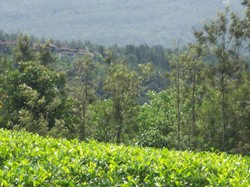
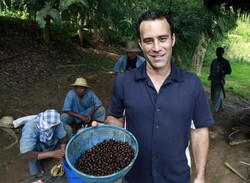
Comments
ESR, Yes, Dr. Steiner appreciated Mr. Muller's participation in the lectures even though the two did not agree on the future of commercial beekeeping. Dr. Steiner said commercial practices based upon altering hive activities ultimately could lead to the extinction of honey bees. Mr. Muller seemed to think that it was just a case of not using artificial fertilizers on flowering plants. He did not consider what beekeepers were doing to make bees (over) productive. At the time of the lectures, gentlemen wore hats. Mr. Muller would have to eat his hat today.